Photo credit: © Brainsil
“The cure for the pain is in the pain.” ~Rumi
Your body keeps a physical memory of all of your experiences.
You have lots of memories stored in your brain that you can recount at any given moment. You can recall names, faces, where the event took place, what it smelled like. But over time, these memories fade or change as time passes and we mature. However, even when the memory begins to fade from your brain, it lives on in your body in the form of physical sensations and behavior patterns.
The body doesn’t forget.
The events of our lives leave physiological imprints in our bodies, especially when we experience trauma or situations of extreme stress that cause the body to fight, flee, or freeze in order to cope.
In a perfect world, we would be able to release the trauma or soothe the stress response soon after it was triggered. But we don’t live in a perfect world, so we’re all walking around with physical imprints of past experiences (good and bad) stored in our bodies. Most of us don’t know how to release them because we don’t even realize they exist!
You may feel your body tense up when you have to ask for help or borrow money, or your face may get hot when you’re asked to speak in front of a crowd. The sensation is your body remembering.
It’s remembering a past experience when you asked for help and it didn’t go well. Maybe someone made you feel ashamed because you “should be able to handle it yourself.” Perhaps you were called to the front of your third grade class and asked a question you didn’t know the answer to, so you felt embarrassed and humiliated.
The body doesn’t have words to express itself, so it responds with physical sensations.
You can forget, block, or intellectualize the memories that are stored in our brains, but how do you work through the memories being stored in your body?
Animals shake when they experience trauma or anxiety. Think of a dog who’s been in a fight with another dog: Once the fight is over, both dogs will shake to calm their nervous systems and quiet the fight, flight, or freeze response. This enables them to move on without the physical memory of the situation.
Humans, however, don’t naturally do this. Instead we carry our stress, anxiety, and trauma around with us every day and use food and other addictive behaviors to soothe ourselves and quiet the emotional discomfort.
There’s nothing wrong with turning to food or other means to soothe yourself, but typically habitual behaviors provide a short-term solution, and you’ll continue to feel the discomfort until you release the memory from your body.
I am a recovering sugar addict. I used to stuff myself with cake, cookies, and ice cream any time I felt sad, angry, or alone. The sugar high helped me cope with difficult emotions and soothed the pain of a childhood marred with stress and abuse.
It was a behavior that eventually made me sick. Chronic yeast infections, migraines, and fatigue were the norm for ten years before I realized sugar was making me sick. I eliminated it from my diet, but the changes in my physical health were minimal.
In order to truly heal my body, I had to address the emotional issues that caused me to self-medicate with food. I did this by creating an emotional tool-kit.
In order to release the emotions and create a more peaceful state of being, it’s important to create an emotional tool-kit to help regulate your nervous system and soothe the discomfort.
The first tool to put in your emotional tool-kit: non-judgment
When you feel emotionally triggered and tempted to turn to food or other addictive behaviors for comfort, try not to judge the reaction. Our bodies are programmed to seek pleasure, not discomfort, so it’s natural to try and find something to soothe the pain and make yourself feel better.
The need to soothe yourself with food or other means doesn’t make you a bad person—it makes you human.
The second tool in your emotional tool-kit: permission
Give yourself permission to feel—you have to feel it to heal it.
Often the reason we feel the need to numb what we’re feeling is because we believe that the emotion we’re feeling isn’t allowed. We think we’re not allowed to be angry or we’re supposed to be strong, so we can’t cry.
Giving yourself permission to feel allows you to have power over it—you control it instead of allowing it to control you, and in the process you create the space to heal.
The healing process will bring up lots of different feelings and emotions; many will be uncomfortable. When these uncomfortable emotions come up, allow them to come up without becoming attached to them; notice them for what they are and know that there is a natural ebb and flow to them.
It may be horribly uncomfortable initially, but allow yourself to witness them without judgment or reaction. This will allow you to respond objectively. Feelings aren’t forever. They come and go—if you let them.
The third tool in your emotional tool-kit: release
Now that you’ve allowed yourself to feel, it’s time to release the emotion from your body.
You can do this by gently shaking. Start with your feet and work your way up, one body part at a time, or you can turn on a song that mirrors the way you’re feeling and sing, dance, or cry until you feel physically and emotionally satisfied. All of these things will help give the emotion a voice and move the emotion out of your body.
Not quite ready to move your body? Grab a journal and write. No filter, no editing; leave the anger, frustration, sadness, and anything else you’re feeling on the page. Feel free to tear or safely burn the pages when you’re done as a symbolic release.
There isn’t a one-size-fits-all way to release. There will be times when moving your body helps, and other times singing or writing will feel more effective. Choose the method that feels best to you in the moment.
The fourth tool in your emotional tool-kit: forgiveness
This is the most important tool in your tool-kit. In order to truly heal, you have to be able to forgive yourself.
Beating yourself up for past transgressions isn’t productive, and certainly doesn’t make you feel good about yourself.
Understand that no matter what situation(s) led you to numb yourself with food, drugs, sex, or your self-soothing mechanism of choice, you did the best you could with the information you had on a physical, mental, and emotional level. You dealt with your emotions in the best way that you knew how.
Hindsight is 20/20, and it’s easy to get caught up in the “shoulda, coulda, woulda” spiral of shame when looking back on a situation. But when we’re in a state of discomfort, we don’t always have the capacity to think logically or rationally. Your brain and body respond to discomfort based on what feels like the safest option in the moment, and sometimes that means turning to habitual or addictive behaviors.
Forgive yourself because you did the best you could at the time, and move on knowing that you have the knowledge and tools to think differently next time.
Finally: time.
We have a tendency to look for the quick fix, but there’s no six-hour healing elixir that can magically erase the pain and discomfort from old wounds. Healing takes time.
Give yourself time to fill your emotional tool-kit and understand that healing is a journey—one that lasts a lifetime.
Of course, practice makes the journey easier, but there is no perfection. There will be times when you fall back on old patterns and behaviors, when that happens reach into your emotional tool-kit and take what you need. You are equipped. You can do this.
Blog by Jennifer Sterling


 Photo credit: Stocksy
Photo credit: Stocksy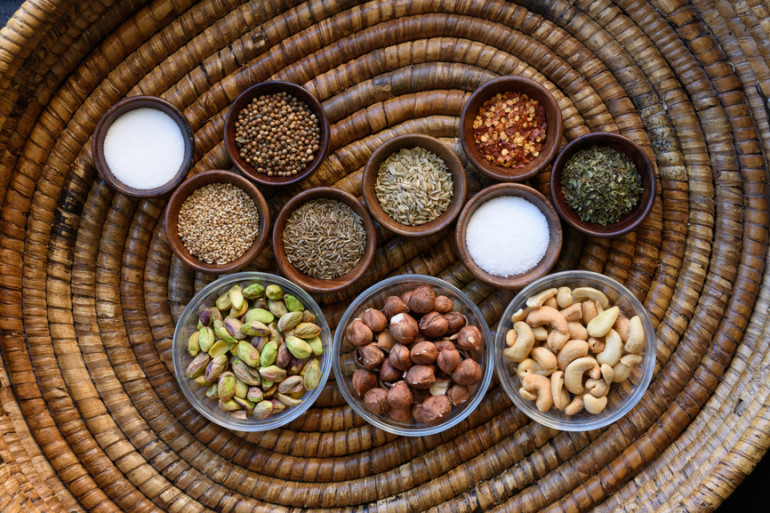 Photo credit: Stocksy
Photo credit: Stocksy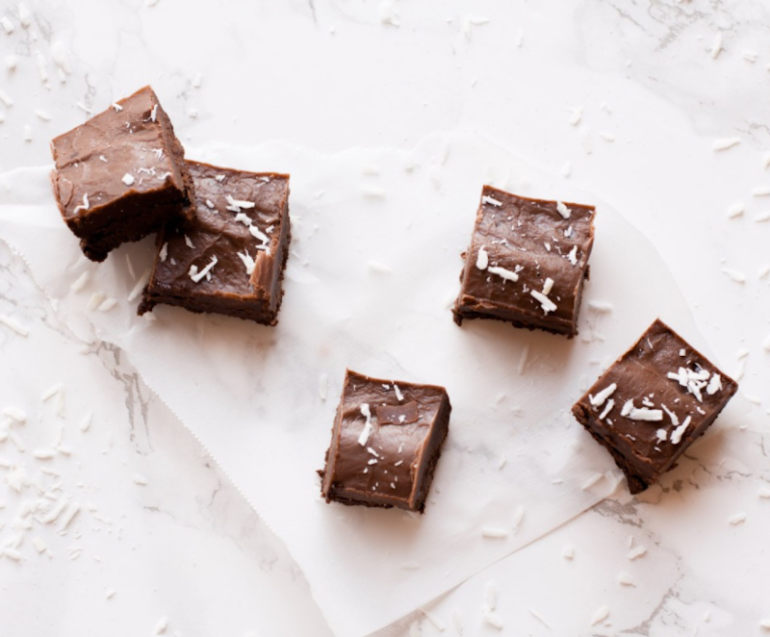 Photo credit: Wholefully
Photo credit: Wholefully Photo credit: Stocksy
Photo credit: Stocksy Photo credit: Stocksy
Photo credit: Stocksy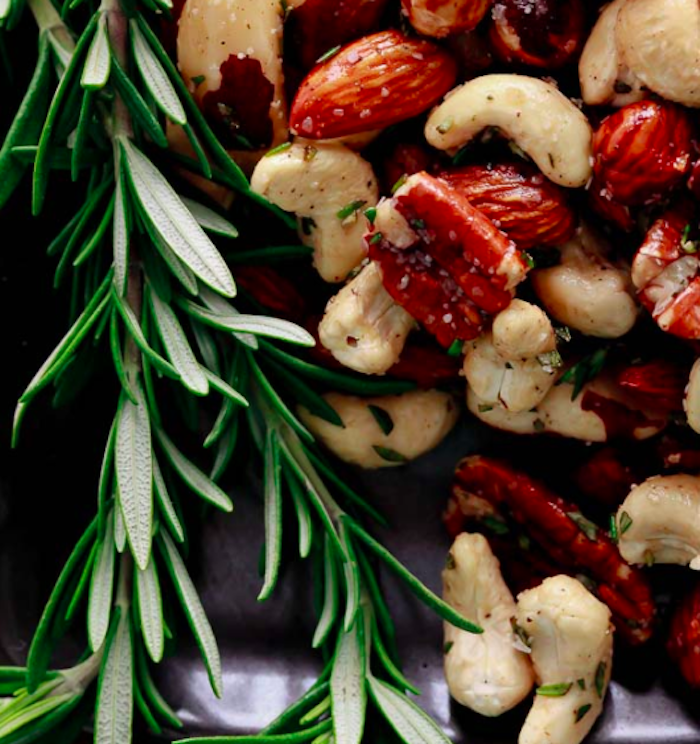 Photo credit: Gourmande in the Kitchen
Photo credit: Gourmande in the Kitchen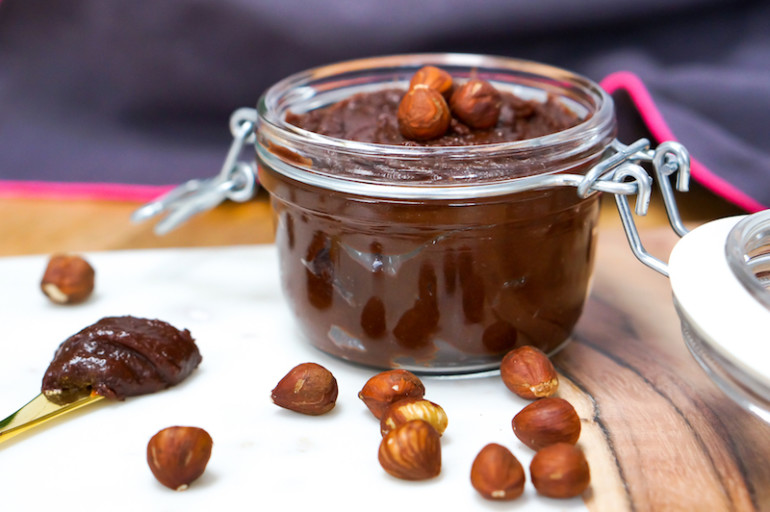 Photo credit: Liz Moody/Sprouted Routes
Photo credit: Liz Moody/Sprouted Routes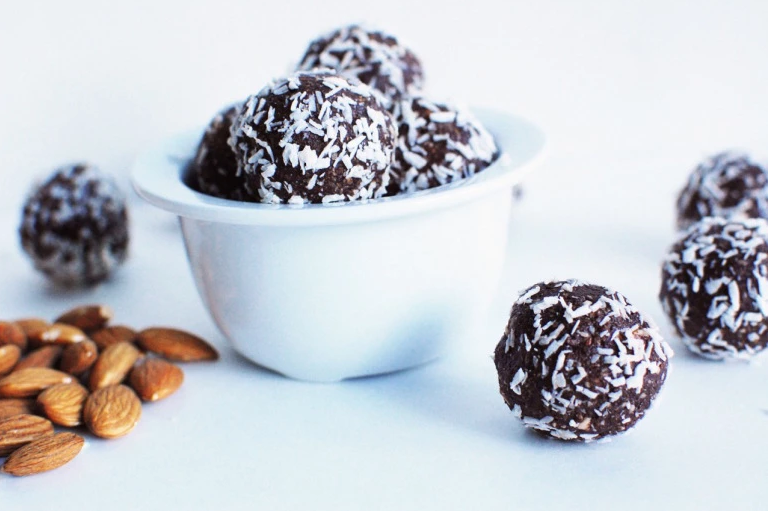 Photo credit: Abigail Hopkins
Photo credit: Abigail Hopkins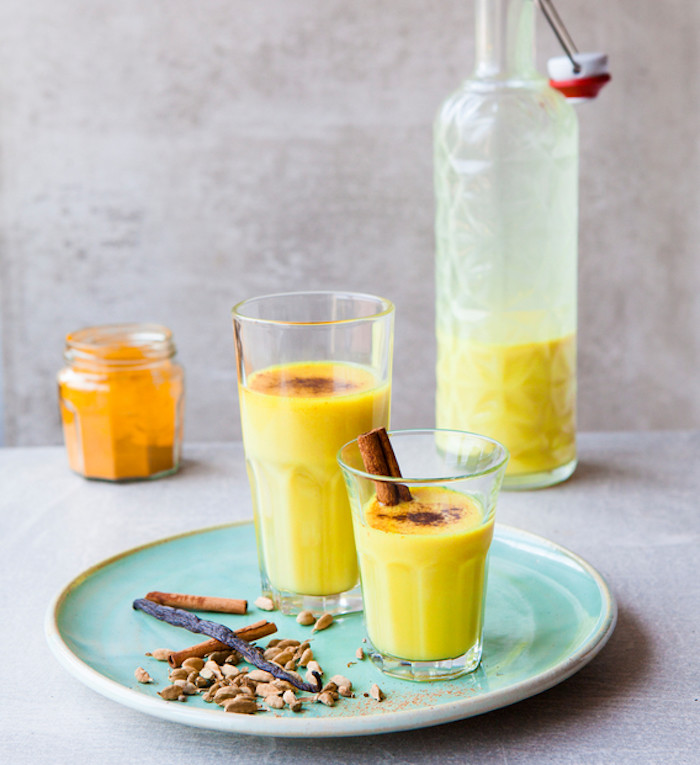 Photo credit: Stocksy
Photo credit: Stocksy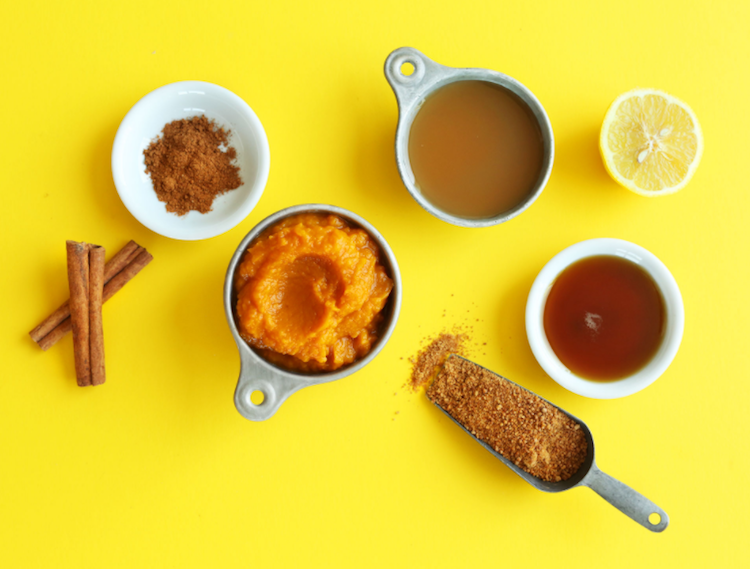 Photo credit: Minimalist Baker
Photo credit: Minimalist Baker







 Radishes are one of the quickest-to-grow veggies, and are very suitable for container vegetable gardening. You can grow them in both small and wide pots.
Radishes are one of the quickest-to-grow veggies, and are very suitable for container vegetable gardening. You can grow them in both small and wide pots.





 At the heart of the Raja Yoga system, balancing and unifying these various approaches, is the practice of definite, scientific methods of meditation that enable one to perceive, from the very beginning of one’s efforts, glimpses of the ultimate goal — conscious union with the inexhaustibly blissful Spirit.
At the heart of the Raja Yoga system, balancing and unifying these various approaches, is the practice of definite, scientific methods of meditation that enable one to perceive, from the very beginning of one’s efforts, glimpses of the ultimate goal — conscious union with the inexhaustibly blissful Spirit.
